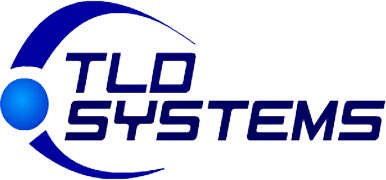- Helping you with HIPAA Security Solutions.
Coding
Coding
Definitions of Modifiers 58, 76, 77, 78, 79 and how do they differ?
What are the definitions of Modifiers 58, 76, 77, 78, 79 and how do they differ?
Read More
Coding
When Patient Asks for Claim to be Resubmitted
What is one to do when a patient wants a claim to be resubmitted after her deductible is met when the claim was originally submitted prior to the deductible being met?
Read More
Coding
Select the level of E/M service based upon Medical Decision Making (MDM)
What are the guidelines for selecting the level of E/M service based upon Medical Decision Making (MDM)?
Read More
Coding
Definitions for the Elements of Medical Decision Making
CPT® has provided numerous definitions to clarify terms in the current guidelines, such as “chronic illness with exacerbation, progression or side effects of treatment,” and “drug therapy requiring intensive monitoring for toxicity.”
Read More
Coding
Guidelines for Billing E/M Service Based Upon Total Time
What are the guidelines/rules for billing an E/M service based upon total time?
Read More
Coding
Coding
What are the Proper Ways to Use the 25 Modifier?
What are the Proper Ways to Use the 25 Modifier?
Read More
Coding
Same or Similar Rule with Respect to Ankle Foot Orthoses
How is one able to determine whether the Same or Similar Rule with respect to Ankle Foot Orthoses applies and how should it be addressed?
Read More
Coding
What is the Active Care Requirement regarding “At Risk, Routine Foot Care?
What is the Active Care Requirement regarding “At Risk, Routine Foot Care?
Read More
Coding
What are the Postoperative Global Periods and What is Included in them?
Minor Surgery: Any CPT code that has a Global Period of “0” or “10” days is classified as a Minor Surgical Procedure.
Major Surgery: Any CPT code that has a Global Period of “90” days is classified as a Major Surgical Procedure.
Read More

